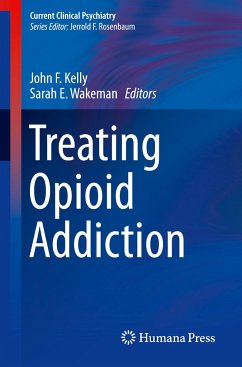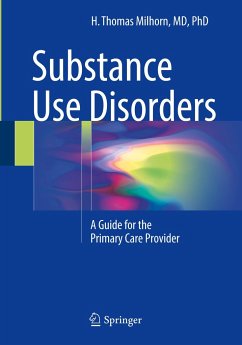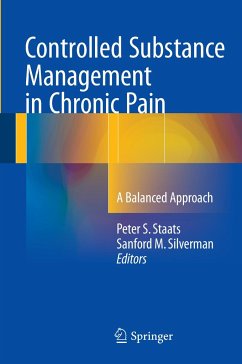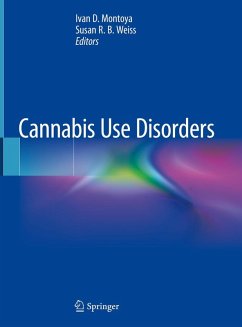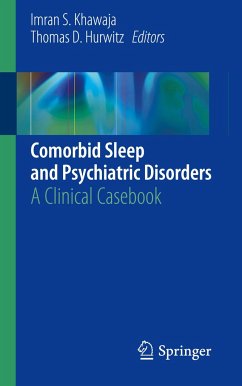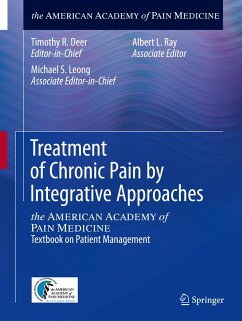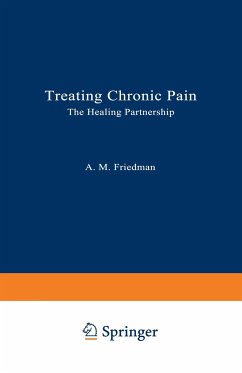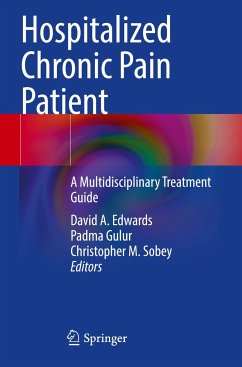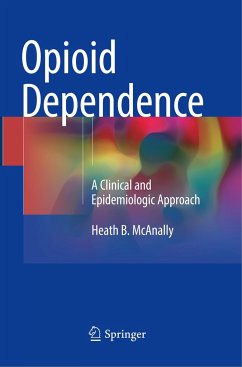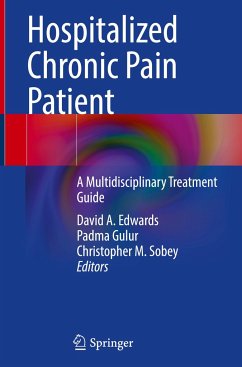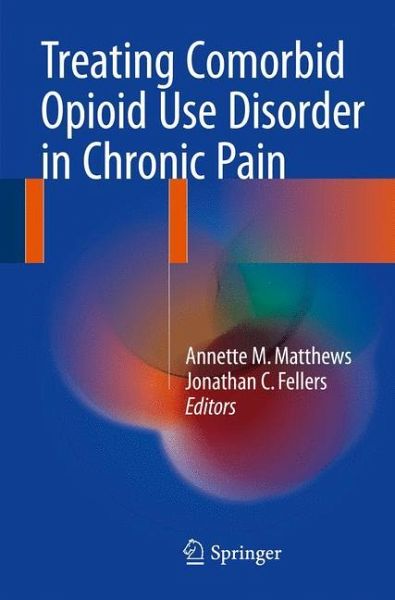
Treating Comorbid Opioid Use Disorder in Chronic Pain

PAYBACK Punkte
34 °P sammeln!
This in-depth text addresseshow to approach and treat the chronic pain patient struggling with problematicopioid use. It discusses the approach for patients who may be at highrisk of problematic use, such as those with a history of mental illness orsubstance use disorder. The first part covers diagnosis and treatment, focusingon common best practices that practitioners can adapt to any practice. Two ofthe chapters detail alternative and replacement therapies for opioid. Two morecover special issues in the treatment of women and older patients. Thesecond part reviews the ethical, legal, regulat...
This in-depth text addresseshow to approach and treat the chronic pain patient struggling with problematicopioid use. It discusses the approach for patients who may be at highrisk of problematic use, such as those with a history of mental illness orsubstance use disorder. The first part covers diagnosis and treatment, focusingon common best practices that practitioners can adapt to any practice. Two ofthe chapters detail alternative and replacement therapies for opioid. Two morecover special issues in the treatment of women and older patients. Thesecond part reviews the ethical, legal, regulatory, and policy issuessurrounding the treatment of patients with comorbid pain and addiction. Thebook includes strategies for documentation that mitigate the risk of legalissues or ethical boundary crossings. The last part of the book addressestreating comorbid pain and opioid use disorder in different medical settings and thetreatment of co-occurring mental illnessesand substance abuse.
Treating Comorbid Opioid Use Disorder in ChronicPain is of great value to psychiatrists, painphysicians, primary care providers, social workers, drug rehabilitationcenters, and other behavioral health professionals.
Treating Comorbid Opioid Use Disorder in ChronicPain is of great value to psychiatrists, painphysicians, primary care providers, social workers, drug rehabilitationcenters, and other behavioral health professionals.



